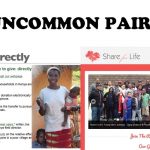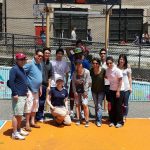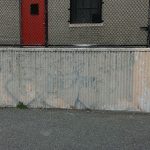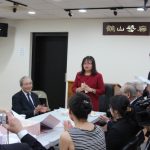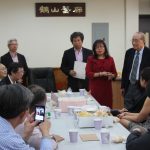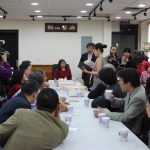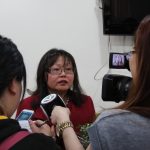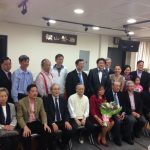AABANY’s Issues Committee is pleased to invite you to join the newly formed AABANY Community Response Task Force!
The Community Response Task Force (CRTF) is AABANY’s answer to the rapidly changing legal landscape and the need for quick, effective, and coordinated responses to the emergent issues that affect our communities. AABANY is firmly committed to being a strong voice and steadfast advocate on behalf of the Asian-American/Pacific-Islander community. In the past several months, we have all been witness to sweeping changes that necessitated powerful legal responses. While there have been some great triumphs, there were often times when it was difficult to obtain information, to find ways to contribute, or to organize a response quickly enough to be effective.
The CRTF is specifically designed to address these needs. The CRTF will serve as a central clearinghouse for information and coordination – tailoring the alerts sent to each volunteer based on that volunteer’s preferences and the needs of the community. Alerts and actions will range from emergency legal services to direct non-legal service actions and from workshops to rallies.
Furthermore, the CRTF will not simply be a reactive body but we will seek to proactively research and prepare for issues on the horizon by reaching out to experts and formulating effective responses. We will also be reaching out and collaborating with other organizing bodies in order to present a more united and broad-based response to issues that affect our communities.
So, where does that leave you?
The CRTF is seeking first and foremost to create a database of willing, ready, and able volunteers, like you, who want be a part of the response. We will activate volunteers based on the subject area, the type of response, and the interests of each volunteer.
We are also looking for people to become members of the Task Force itself, helping to research and anticipate possible future issues, reaching out to experts and developing toolkits, and coordinating with
other organizations.
If you are interested, please fill out the this form or feel free to email us directly at crtf@AABANY.org
We keep all responses and information confidential in the Task Force Database. Information contained therein will not be shared with anyone outside of the Task Force and are solely for the purpose of organizing and coordinating Task Force activities.
To learn more about the Issues Committee, visit http://www.aabany.org/?page=154


